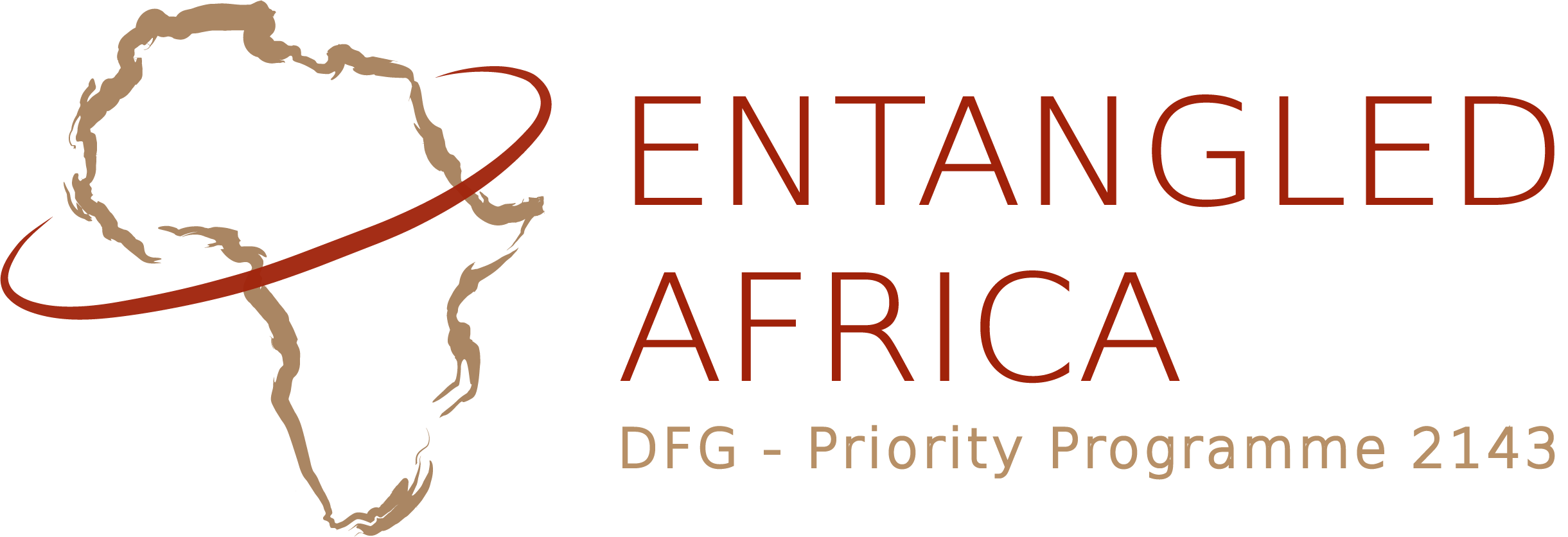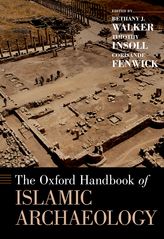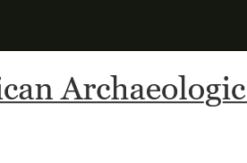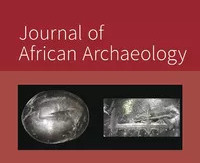C. Magnavita/A. Sani Sule, Central Sudan, in: B. J. Walker/T. Insoll/C. Fenwick, The Oxford Handbook of Islamic Archaeology, Oxford 2020, DOI: 10.1093/oxfordhb/9780199987870.013.19.
Online zugänglich
Abstrakt (Quelle: Oxford Handbooks Online):
n view of the paucity of research, the Islamic archaeology of the Central Sudan and Sahel remains one of the less well known of the African continent. While this also applies to the material legacy of the past six centuries, it is particularly sites and remains from the early period of Islamic influence in the region that are virtually unexplored. The earliest and most expressive elements of the archaeology of Islam in the Central Sudan and Sahel are elite sites related to powerful indigenous states: Kanem-Borno around Lake Chad and the Hausa city-states to the west. In view of their pivotal role in the introduction and propagation of the new religion and culture, the archaeology of those states is particularly significant when addressing the theme. Taking into account the current absence of a comprehensive body of archaeological evidence, this chapter relies on historical knowledge and interpretation as background to discussing a range of archaeological sites, structures, and features that are relevant material expressions of the impact of early and late Arab-Islamic influence in the region. The authors conclude by emphasizing the still untapped, enormous potential of research on the archaeology of Islam in the Central Sudan and Sahel.





